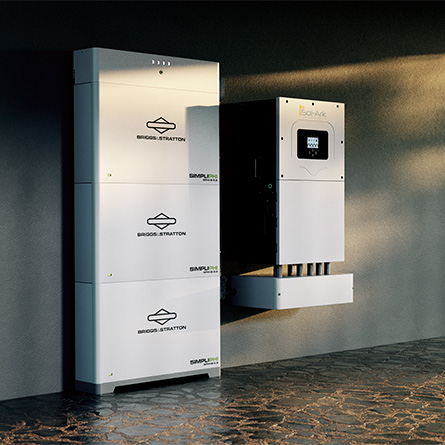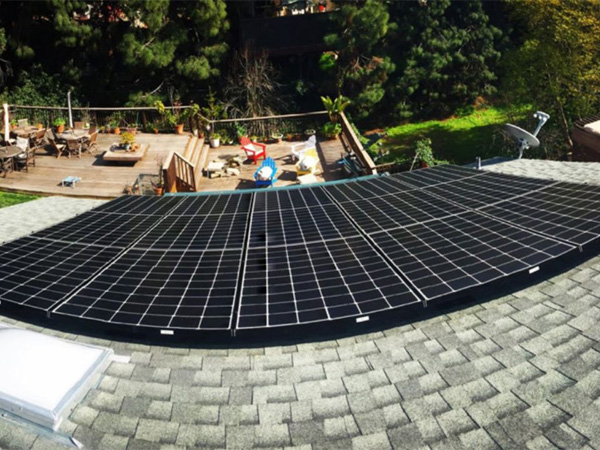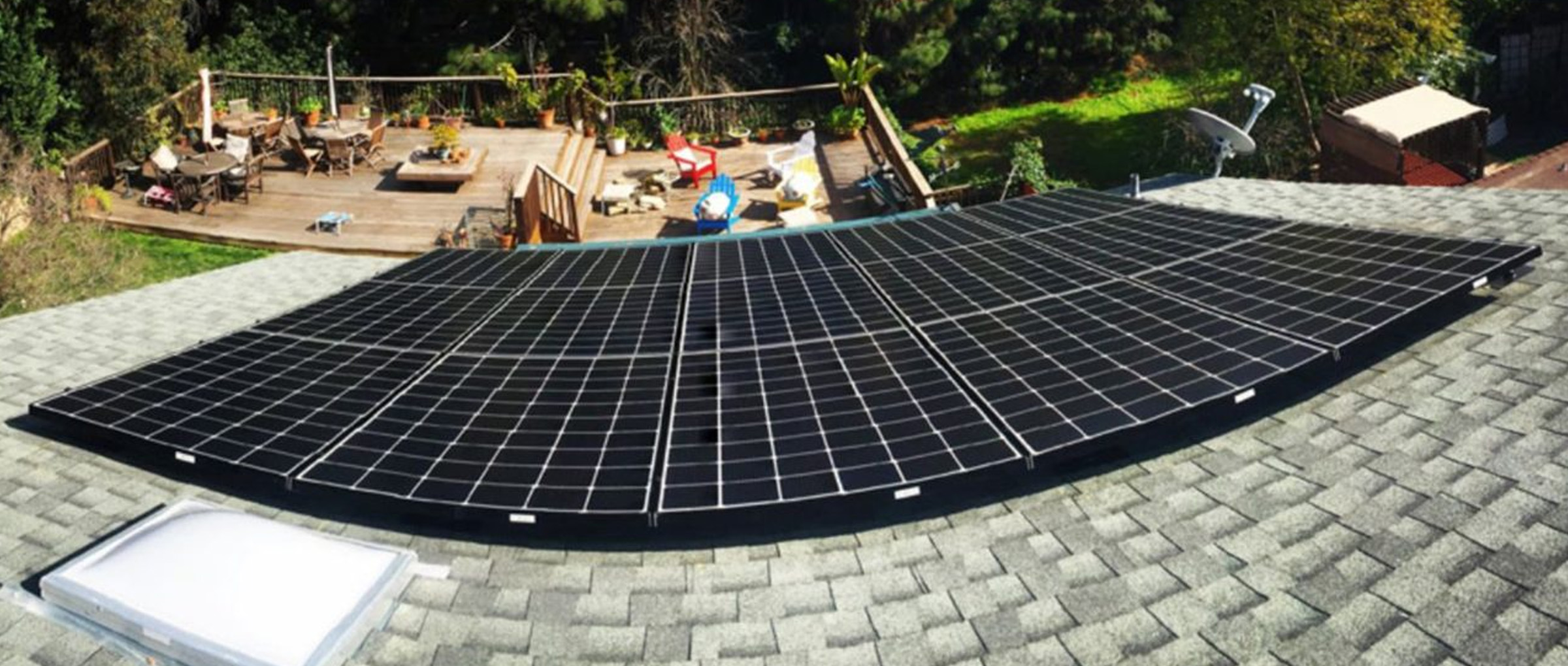In an effort to mitigate their liability during the wildfire season, utilities PG&E, SCE, and SDG&E in California have begun implementing ‘Public Safety Power Shutoffs’ (“PSPS”), or utility-mandated power outages during times of high wildfire risk.
Through their websites and their joint ‘Prepare for Powerdown’ campaign, they have let customers know that they will turn and keep power off for as long and as often as necessary when wildfire danger is high, and have advised them to procure their own “safe backup power source, such as a generator or uninterruptible power supply.”

While a unified, state-wide PSPS campaign was first introduced in 2019, PSPSs are not altogether new. In fact, SDG&E first implemented PSPS in San Diego in 2007 after three catastrophic San Diego fires (Witch, Guejito and Rice) that were attributed to SDG&E’s equipment, which forced SDG&E to shell out over $3.9 billion in wildfire prevention, fire fighting measures ($1.5 billion) and legal costs ($2.4 billion). Since then, SDG&E has turned off power for a total of three weeks during the past two years, according to regulatory filings. The largest series of SDG&E’s PSPSs happened last November, while the Camp Fire raged in Northern California and similarly dangerous conditions blanketed Southern California. Over 20,000 customers lost power for up to eight days.

A long-time San Diego resident intimately familiar with SDG&E’s frequent power outages, Susan began searching for a safe, reliable, and long-lasting backup power source to cope with PSPS and wildfire-related power outages back in 2016. She’d seen first-hand how noisy and cumbersome it was to fuel her neighbors’ generator, so Susan instead wanted to find a quiet, non-polluting and fuel-free solution that would allow her to continue with her day-to-day life uninterrupted while benefiting from the system year-round.
Susan contacted Alltech Solar, a solar+storage installer experienced in installing grid-tied, lithium battery backup power systems throughout Southern California. They recommended Susan install solar panels and an AccESS energy storage system, which contains three safe, non-toxic lithium iron phosphate (LFP) PHI batteries and a Schneider Electric inverter.

Although Susan had this solar+battery storage system installed back in 2016, she is more thankful than ever as the 2019 increase in PSPSs promises to leave her neighborhood without power with increasing frequency. Susan elaborated, “Though I initially installed solar & PHIbatteries as a reliable backup power source to cope with wildfire power outages and save on my utility bills on a daily basis, I couldn’t be happier now that I’ve read about SDG&E’s increasing reliance on PSPSs.”
Having relied on PHI batteries during numerous outages in San Diego over the past three years, Susan’s not worried at all about the additional PSPSs. Susan explained,
“The PHI batteries have been a breeze, as they’re reliable and completely safe since they don’t pose any risk of fire or thermal runaway like other lithium batteries. I’m sure I won’t even notice when a PSPS hits my neighborhood until my neighbors stop by my house to charge their phones.”

Susan’s grid-tied solar+storage system consists of 7.2kW of solar power, a fully integrated AccESS — consisting of three PHI batteries for a total of 10.2kWh of storage, a Schneider Electric Conext XW+ 6848 bi-directional inverter, a Schneider Electric Conext XW+ MPPT 80-600, and Schneider Electric 60-150 charge controllers.
This solar+battery storage system powers Susan’s selected critical loads through a sub-panel, including a refrigerator, external and internal lights and all home outlets.


Susan is unfazed by the utilities’ increasing reliance on PSPSs since the AccESS has proven to be a reliable backup power source whenever a utility outage hits her neighborhood. In addition to being prepared for PSPS, Susan also continues to reap the benefits of her solar+battery storage system year-round by drastically reducing her utility bill on a daily basis by deploying solar stored in her PHI batteries during the utility’s peak rate periods.

Ready to experience true energy independence?
Request a consultation with a Briggs & Stratton dealer or installer near you by clicking the button below.



